

Is your bookshelf ready for Summer? If not, we have you covered.
Continuing a recurring tradition, Archinect has reached out to notable figures across the architecture community who have been featured in our editorial over the past year, asking them what books they believe should be on your radar. The resulting list, in its own way, encapsulates the most important conversations taking place within architecture, design, and academia today, from inequality and conflict to labor and technology.
We hope you find some new inspiration in the titles below or, if you’ve exhausted our 2024 list, from our previous recommendations.
Dark Space: Architecture, Representation, Black Identity (2016)
by Mario Gooden
What Abraham told us: “This collection of essays articulates an understanding of architecture as a framing of identity, a mode of representation beyond the visual or physical but rather intimately linked to bodies, desired or otherwise. Gooden draws forth the presence of Black life from beyond the margins, from the shadows cast by an exclusionary spatial imaginary that denies authorship or agency to the subjects it exploits. I came across this book while developing my thesis work and it ultimately shaped my approach to working with (in spite of and against) absences in the canon, especially in the context of Black and Afro-Diasporic representation in architectural history in the Global North.”

Read Abraham’s recent interview with Archinect here.
The Guns of August (1962)
by Barbara Tuchman
What Deamer told us: “I went to it because it was recommended as a model of analysis about how wars start (it’s about the start of WWI), supposedly as a warning to us today. It’s chilling, describing that at every level, it’s, for the most part, egotistical men making self-serving decisions. Almost never do brains match up with power match up with charisma match up with skill. We are lucky to survive.”
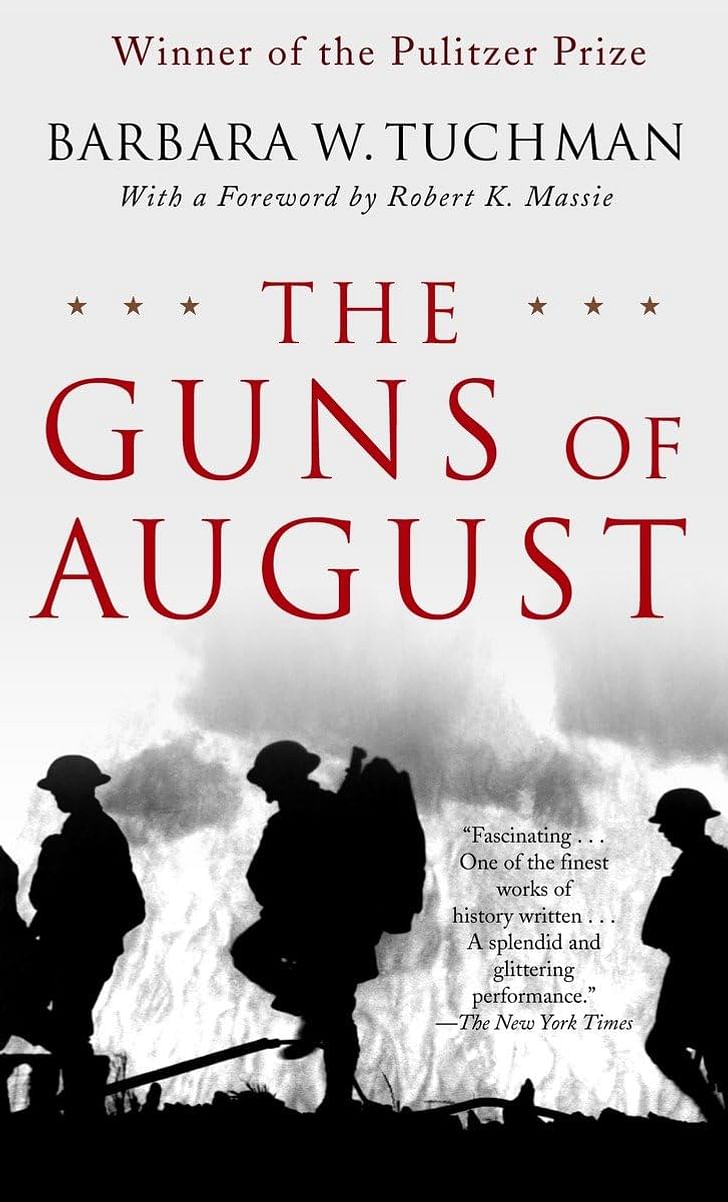
Read Deamer’s most recent contribution to Archinect here. Deamer's recent book, Architecture and Labor, is available here.
Architecture and Labor examines the profession of architecture as an assemblage of workers, addressing how architects work and what forces prevent architects from empowering themselves to be more relevant and better rewarded.
Work Won’t Love You Back (2021)
by Sarah Jaffe
What Daley told us: “This is an incredible book framing the context of work, what we commit to, what we over commit to, and how it reframes our relationship with what we do, even if, and especially if, we absolutely love that thing, specifically so that we aren't thus exploited by that love. Every passionate creative should read this book.”
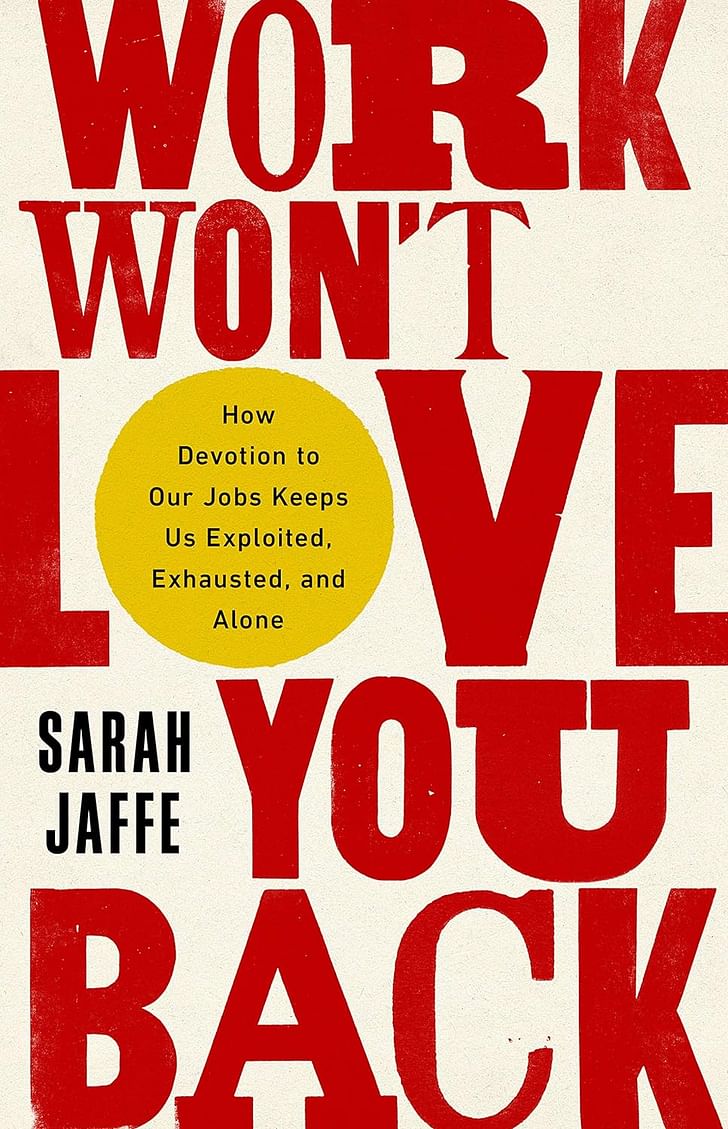
Read Daley’s most recent contribution to Archinect here.
The Wretched of the Earth (1961)
by Frantz Fanon
What Allahyari told us: “The Wretched of the Earth is a masterful and timeless interrogation of race, colonialism, psychological trauma, and revolutionary struggle.”
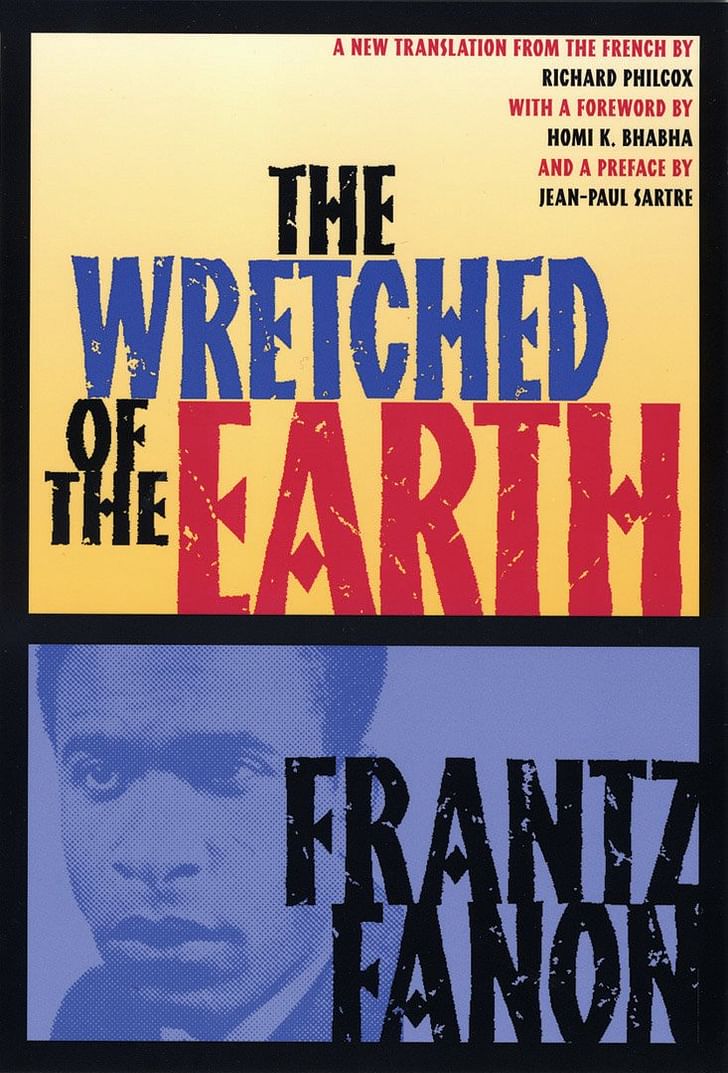
Read Allahyari’s recent interview with Archinect here.
The Hitchhiker’s Guide to the Galaxy (1979)
by Douglas Adams
What Leach told us: “This charming, entertaining science fiction book captivated an entire generation when I was at school, and led to a radio show and two movies. It is also Elon Musk’s favorite book on philosophy. For him the lesson of asking Deep Thought the meaning of ‘life, the universe and everything’ (and getting the answer, 42) is that you have to ask the right question in the first place. It is also a fascinating book to re-read in the age of AI.”
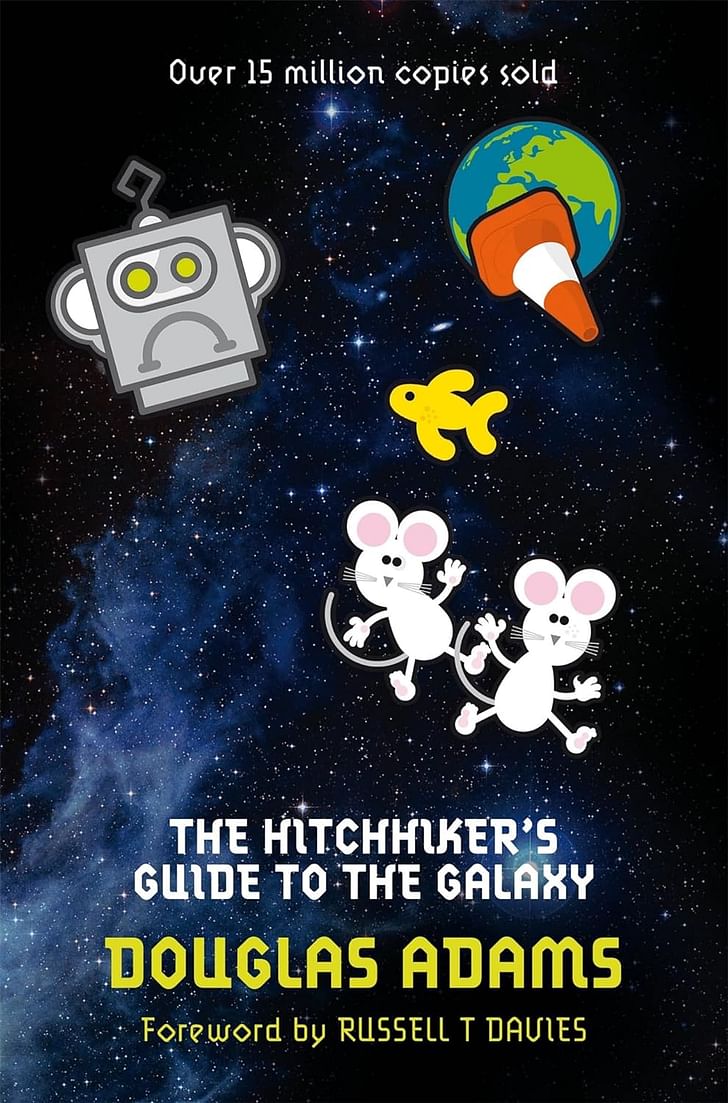
Read Leach’s recent interview with Archinect here. Leach's recent book, Architecture in the Age of Artificial Intelligence: An Introduction to AI for Architects, is available here.
Architecture in the Age of Artificial Intelligence offers an introduction to AI for designers, explores how AI manifests in the architectural profession, and highlights near-future applications and questions to be answered.
California Houses: Creativity in Context (2024)
by Michael Webb
What Lubell told us: “Written by longtime SoCal resident and writer Michael Webb, the book presents 36 stunning new houses that will remind you that, despite its many challenges, California is still an extraordinarily creative and beautiful place. The homes’ talented architects dive into nature, urban context, sustainability, and more in surprisingly fresh ways. But in the end, all of the work evokes a quote that Webb features by Alvar Aalto: 'Every building, every architectural product that is its symbol, is intended to show that we wish to build a paradise on earth for man.'”
Lubell's recent book (co-authored with Greg Goldin), Atlas of Never Built Architecture, is available here.
Atlas of Never Built Architecture offers a global journey through over 300 extraordinary unbuilt architecture projects from the 20th century to the present day, profiling projects “always imaginative and ambitious.”
Feminist Designer: On the Personal and the Political in Design (2023)
by Alison Place (Editor)
What Harriss told us: “In brief summary, the book offers a richly diverse confection of essays that eruditely and insightfully convey the utility of feminism as a design tool. What the book also affirms is that feminism does not demand the herd 'consensualisms' of a cult but instead thrives on its internal contentions and conflicts just as much as it does its collective intentions and pursuit of meaningful and equitable change.”
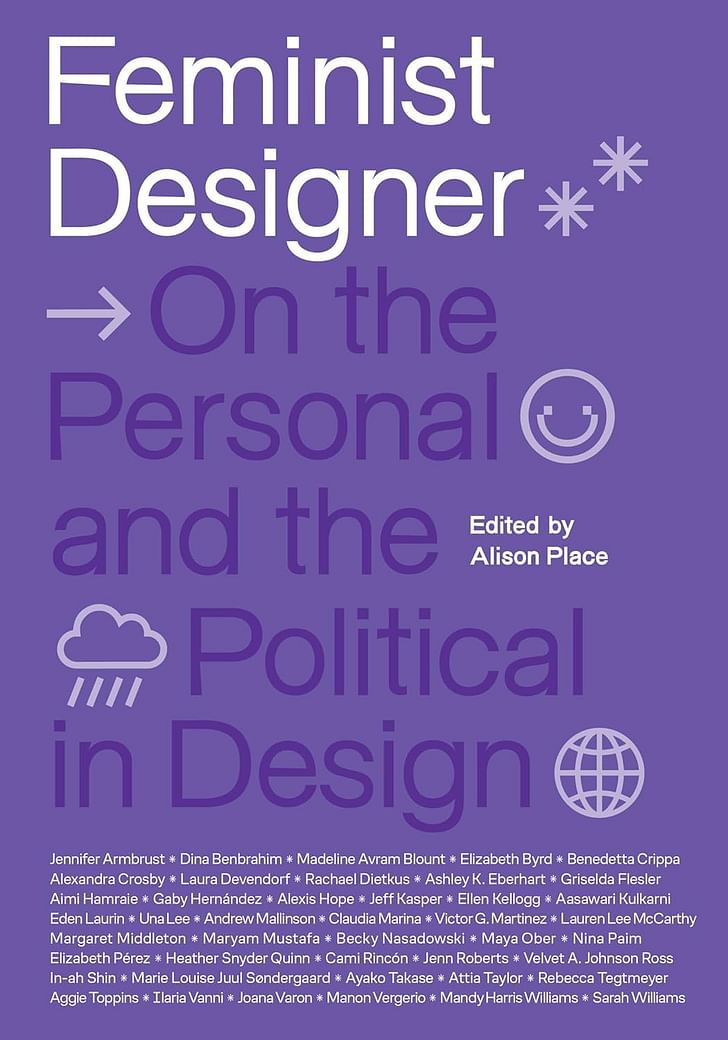
Read Harriss' previous interview with Archinect here. Harriss' recent book (co-authored with Naomi House, Monika Parrinder, and Tom Ravenscroft), 100 Women: Architects in Practice, is available here.
As awareness of the need for gender balance in architecture gains traction, 100 Women: Architects in Practice highlights women architects across the world and how they respond to contemporary design challenges.
Imagination: A Manifesto (2022)
by Ruha Benjamin
What Davis told us: “The use of imagination to collectively overcome or 'challenge deadly systems of oppression' is the goal of Ruha Benjamin's book Imagination: A Manifesto. For architects and designers who make and build new worlds, imagination is a necessary ingredient to propel us toward what we want our worlds to be.
“With the widespread adoption of AI in architectural imaging and other applications, I've been considering this book in relation to the reshaping power of AI. In the chapter titled 'Imagining Eugenics,' Benjamin highlights the issues with the statistical methods derived from eugenicist mathematicians that form the basis of many AI models. As a way forward, particularly useful are the prompts Benjamin offers at the end of her manifesto to get people world-building.
“Benjamin is a visionary space builder inspiring her readers to imagine new worlds.”

Read Davis' recent interview with Archinect here. Davis' upcoming book, Softbuilt: Computational Textile Architectures, is available here.
Softbuilt: Computational Textile Architectures examines the role of communication through computational textiles used to create architecture, focusing on lightweight textiles that can sense and respond to their environment through embedded electronics and sensors.
Sand Rush: The Revival of the Beach in Twentieth-Century Los Angeles (2024)
by Elsa Devienne, with a Foreword by Jenny Price
What Anderton told us: “As summer heats up, and you’re slathering on sunscreen and dipping your toes into the sand, you may think this is not the time to read a history of the construction of Los Angeles beaches and the construct of its much mythologized beach culture. But scholar Elsa Devienne tells a riveting story of how the onetime dirty, oil derrick-dotted sands of SoCal were transformed by a white 'beach lobby' into a playground for the suburban age. Devienne unpacks with colorful detail the widening, cleaning, and corporate redevelopment projects that upended communities and excluded some racial groups and subcultures, while acknowledging that today the LA coastline is a vast and genuinely public resource (in a highly privatized region) that is enjoyed by millions, even as climate change means its future is in question. The Foreword by Jenny Price, a longtime fighter for public beach access in Malibu, is an additional treat. Fascinating to people interested in planning, social history, architecture, the environment, and more.”
Listen back on Anderton's appearance on Archinect Sessions here. Anderton's recent book, Common Ground: Multi-Family Housing in Los Angeles, is available here.
As Los Angeles confronts a growing housing crisis, Common Ground demonstrates how connected dwellings such as multi-family housing work as both good architecture and good social systems, including explorations of their history.
Le otto montagne (2016)
by Paolo Cognetti
What Ratti told us: “I think it was Nabokov who said that you cannot 'read' a book: only 're-read' it. I think he meant that on the first reading you cannot appreciate it in all its beauty. But I also interpret the sentence in another way: in a book, we basically look for what we already know, but which is buried inside us. That is why we do not 'read,' but 'reread' — and that is why I loved The Eight Mountains. It pulled me back to when Paolo Cognetti and I crossed paths on Monte Rosa as boys before I started wandering the world. Those familiar alpine landscapes, mountain pasture life that continued with the rhythms and rituals of always, were for both of us a kind of refuge. I enjoyed reliving them in this book, now that I trot between the cities of the world. Singapore, like Milan, New York, or Bangkok, is the antithesis of the mountains: in the latter, life reigns reduced to the essential, governed by silence rather than words. But both attract us, and perhaps in life we always lurch a little between these two poles.”
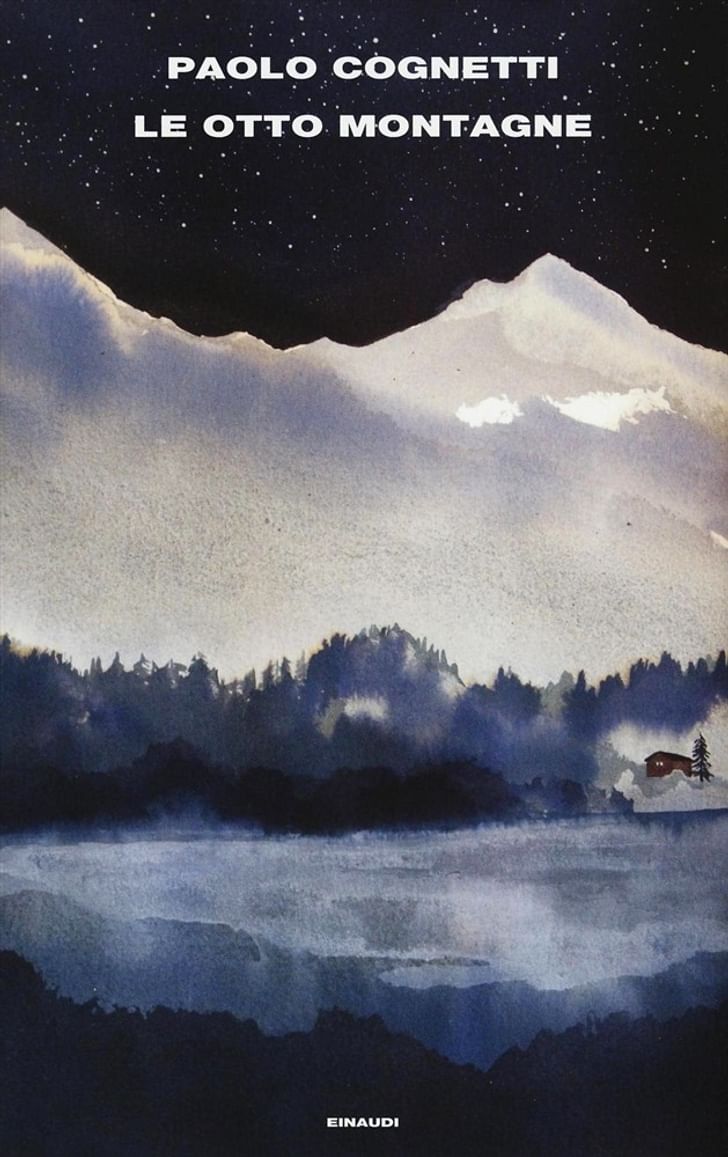
Mémoires d'Hadrien (1977)
by Marguerite Yourcenar
What Ratti told us: “There was, for Gustave Flaubert, a time in human history when mankind no longer believed in gods, but at the same time not yet in Christ. It is precisely at that time 'when man existed, alone' that 'Memoirs of Hadrian,' a profound and poignant work, is set. I rediscovered it recently, visiting Marguerite Yourcenar's house in Maine and thinking back to the words of the emperor who founded a city to remember his young lover who had died: 'To build, means to collaborate with the earth, to imprint man's mark on a landscape that will be forever altered by it; to contribute, moreover, to that slow transformation that is the very life of cities.'”

Pedro Paramo (1955)
by Juan Rulfo
What Ratti told us: “Few know that magic realism — a fertile strand of Latin American literature that over the years has given us Nobel Prize winners such as Gabriel Garcia Marquez or Mario Vargas Llosa — was born with this small Mexican novella from the 1950s. Fans of Macondo will find much of the spirit of One Hundred Years of Solitude. Juan Preciado, one of the narrators, travels to his mother's hometown to fulfill her last wish: to meet his father. But in Comala he will find a ghost town — literally: a town populated only by ghosts. The novel alternates between this experience and stories from the past, in a symbolic counterpoint between the streets of the present and those of memory.”
Read Ratti’s most recent contribution to Archinect here. Ratti's recent book (co-authored with Antoine Picon), Atlas of the Senseable City, is available here.
Atlas of the Senseable City explores how the growth of digital mapping, spurred by sensing technologies, is affecting cities and daily lives, asking what smart technologies have and can teach us about cities.
Have a book suggestion? Share your must-read/must-have book(s) for the summer in the comments section below. Happy reading!
Niall Patrick Walsh is an architect and journalist, living in Belfast, Ireland. He writes feature articles for Archinect and leads the Archinect In-Depth series. He is also a licensed architect in the UK and Ireland, having previously worked at BDP, one of the largest design + ...
2 Comments
I loved "Bold Ventures: Thirteen Tales of Architectural Tragedy". It's travelogue, memoir, and weird history all combined. And it's easily digested in 13 chunks, which makes it good for catching a quick rest between activities.
New York Times review: https://www.nytimes.com/2022/0...
An online review of said book:
"I bought this thinking it would be a pretty safe bet--a book talking about buildings and the lives of the people who made them and use them. Instead it ended up being an often incoherent mix of stories about the buildings and author's life. A paragraph about a building, then a paragraph with a flashback in the author's life. For a while I found myself skipping the author's autobiographical paragraphs and then just had this feeling of "why am I bothering?" and gave up on the book and donated it to the library.
Half the book is about the author . . . and interspersed there are discussions on architecture. Not sure what a more representative title would be."
Block this user
Are you sure you want to block this user and hide all related comments throughout the site?
Archinect
This is your first comment on Archinect. Your comment will be visible once approved.